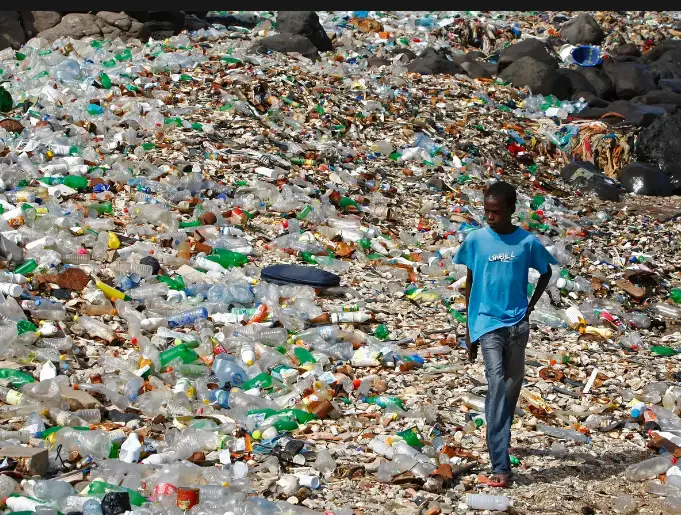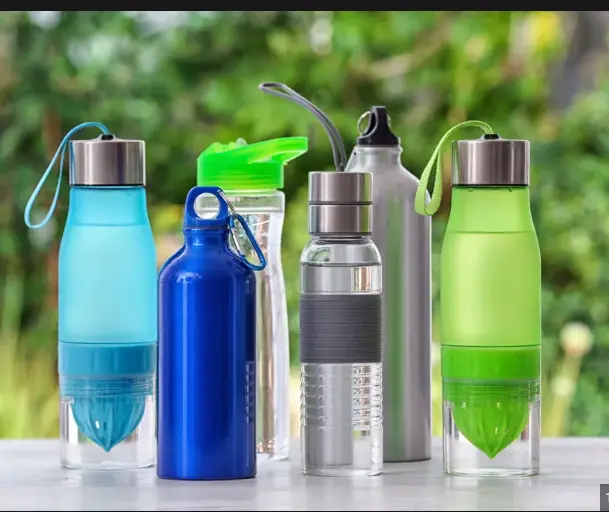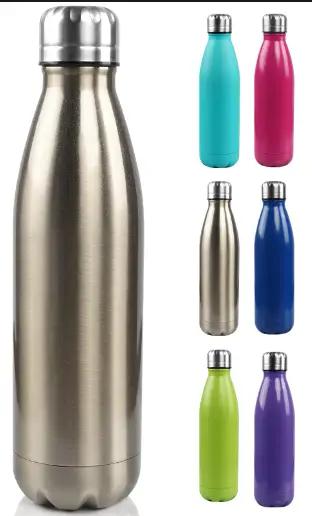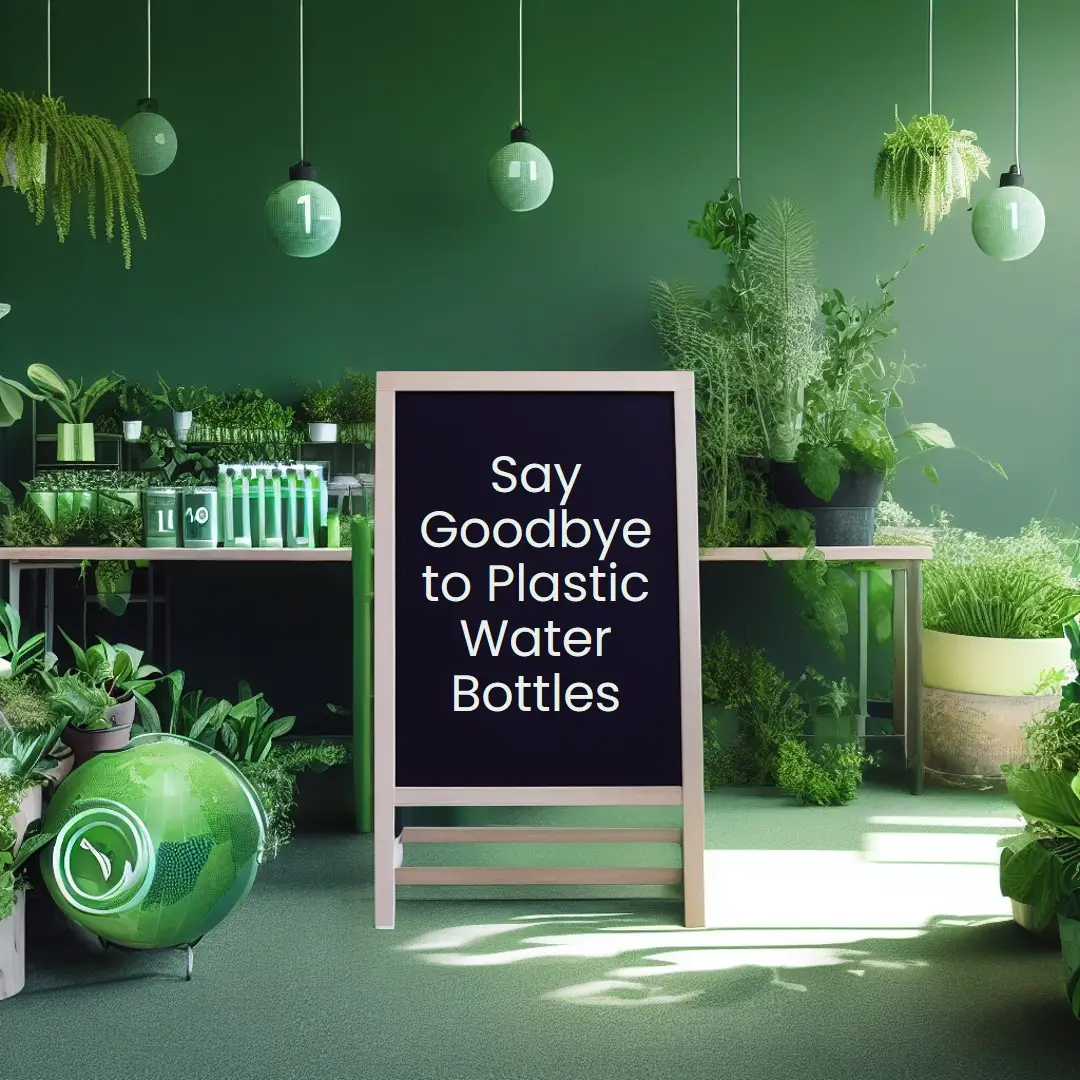Plastic water bottles have become ubiquitous in modern life. The convenience of grabbing a bottle of water on-the-go is hard to resist. However, the environmental and health consequences of relying on disposable plastic bottles make this convenience less worthwhile.
This article explores the top 10 reasons why you should stop using plastic water bottles, and better alternatives for staying hydrated.
Overview of the Plastic Bottle Problem

Plastic water bottle use has exploded over the past few decades. Today, over 500 billion single-use plastic bottles are sold globally each year. In the US alone, about 60 million plastic bottles end up in landfills every day.
Manufacturing these plastic bottles consumes over 17 million barrels of oil per year in the US. Worldwide, an estimated 10% of all fossil fuels go toward making plastic. This emits dangerous greenhouse gases contributing to climate change.
But the environmental havoc caused by plastic bottles doesn’t end there…
Top 10 Reasons to Stop Using Plastic Water Bottles
Here are the compelling arguments for kicking your plastic bottle addiction once and for all:
1. Plastic Bottles Generate Massive Oil Consumption
To produce plastic bottles, petroleum and natural gas are cracked in facilities to extract compounds used to manufacture plastic polymers. This oil extraction and refining process fuels climate change.
Current estimates indicate making plastic consumes 8% of global oil production annually. And the demand for disposable plastics is only growing – requiring more fossil fuel drilling, transport, refining, and waste.
Reducing society’s reliance on single-use plastics directly reduces dependence on oil and other fossil fuels accelerating climate change. Reusable bottles avoid excess plastic waste and fuel consumption.
2. Most Plastic Bottles End Up in Landfills
Despite increasing recycling awareness, a staggering 91% of plastics still don’t get recycled. Instead they get trashed, usually in landfills. In landfills, plastic bottles can persist up to 1,000 years without decomposing.
While plastic sitting in overflowing landfills is problematic, the issue runs even deeper…
3. Plastic Bottle Waste Pollutes Oceans and Waterways

Plastic waste frequently escapes from landfills and litter into waterways. Due to their light weight and slow decay, plastic bottles easily wash or blow into streams, rivers and oceans.
Research shows over 8 million tons of plastic enter oceans annually. Plastics break down into microparticles consumed by marine animals, polluting entire ecosystems.
This plastic pollution concentrates in five massive swirling “garbage patches” occupying over 40% of the world’s ocean surfaces. The largest known as the Great Pacific Garbage Patch spans waters between Hawaii and California with plastics from around the North Pacific.
Choosing reusable bottles over plastic helps alleviate this aquatic pollution crisis.
4. Chemicals in Plastic Bottle Materials Pose Health Risks
You may have heard rumors of plastic bottles leaching chemicals and wondered: how significant are these health risks really?
As plastic bottles break down over months or years:
- BPA and PET chemicals can migrate into the fluid
- Phthalates used to soften plastics seep out
- Toxins like antimony trioxide enter the mix
Research continues investigating how ingesting these materials impacts human health. Early studies link the toxins to:
- Hormonal disorders
- Learning disabilities
- Impaired immune function
- Fertility issues
- Cancers
While more research is underway, reusable bottles avoid any chemical leaching uncertainties.
5. Water Stored in Plastic Bottles Contains Microplastics
In addition to chemical leaching concerns, another invisible plastic hazard was recently discovered in bottled water – microplastics.
Microplastics describe tiny disintegrated plastic particle less than 5 mm long (smaller than a sesame seed). Through widespread littering, larger plastic items degrade into these tiny fragments.
Researchers testing popular bottled water brands globally found an average of 10 plastic microparticles per liter. Storing water in plastic bottles appears to accelerate plastic degradation.
Over time, WHO estimates the average person consumes 1,769 tiny microplastic particles weekly. Scientists still seek to understand microplastic accumulation effects on human health.
Drinking from glass, stainless steel or quality BPA-free reusables provides hydration without the microplastics.
6. Manufacturing Bottles Wastes Water Resources
Surprisingly, producing billions of plastic water bottles squanders precious fresh water supplies. Simply washing the bottles after molding consumes gallons of clean drinkable water.
In total, it’s estimated a 0.5 liter PET plastic bottle requires over 6 liters of water to produce. That wasted water could instead quench someone’s thirst.
Refilling durable bottles saves both new plastic resources and the water consumed manufacturing every throwaway bottle.
7. Recycling Rates for Plastic Bottles are Dismal
Despite the recyclable symbol stamped on plastic bottles, the actual percentage being recycled is shockingly low. In the US, records indicate only about 29% of plastic bottles get recycled. The rest clog up landfills for centuries or worse.
A major issue is people lack awareness of local recycling guidelines. Many municipalities don’t accept certain plastics for recycling curbside causing well-intention bottles being trashed.
For plastic bottles recycled, intensive cleaning and processing requires substantial water and energy inputs. Ultimately downcycling bottles into textiles or other goods still sends leftover plastic shards to landfills.
Skipping plastic bottles via filling reusable versions makes sense no matter how you slice it.
8. Reusable Bottles Save Consumers Thousands
Ditching plastic water bottles saves the average American household serious cash. A case of shrink-wrapped bottled water costs $15-$30 versus $1 for the same quantity from the tap.
Bottled water costs range from $1-$2 per liter whereas tap water costs around $0.005 per liter – over 250 times cheaper!
Plus, investing in a reusable stainless steel or glass water bottle often costs under $20. After just a month avoiding buying cases of plastic water bottles, you would recoup a stainless bottle’s price. From there the savings accumulate exponentially.
Over five years, simply refilling a $20 reusable bottle instead of buying bottled water would save over $3,000 dollars! Talk about easy money saved!
9. Mining for Plastic Bottle Materials Damages Health & Habitats
Extracting raw materials for manufacturing disposable plastic bottles also carries steep environmental costs beyond fueling climate change.
Major plastic compounds like PET are synthesized using crude oil derivatives. Obtaining oil via offshore drilling, hydraulic fracturing, tar sands mining and pipelines increasingly despoils delicate environmental habitats.
And many disposable plastic items contain chemical additives like harmful bisphenol-A (BPA). Chlorine and other toxins used producing PVC and other plastics accumulate in ecosystems. This plastic pollution harms wildlife alongside human health.
Protect pristine forests, oceans and populations by just saying no to single-use plastics.
10. Reusable Bottles are Safer & Healthier
Finally, drinking from reusable water bottles is simply healthier compared to tossing endless disposable plastic bottles.
Here’s why switching to reusable bottles enhances safety and wellness:
- No leaching toxins or microplastics
- Customize with protective filters if desired
- Glass & stainless won’t alter flavors
- Convenient to refill & reuse daily
- Promote sustainability anytime you drink!
Now seems the perfect opportunity to stop using plastic water bottles for good. Keep reading to discover better plastic-free alternatives for staying hydrated.
Top 5 Reusable Water Bottles

Ditching plastic water bottles is the first step. Next comes finding the right reusable water bottle alternative that meets your preferences and lifestyle.
Here are five of the most popular reusable bottle types to consider:
| Bottle Material | Pros | Cons | Cost |
|---|---|---|---|
| Stainless Steel | No plastic aftertastes. Very durable. Endless custom options. | Condensation slippery. Not ultra lightweight. | $10-$45 |
| Glass | Naturally BPA-free. Visual fill level. Easy to clean. | Heavier. Risk breakage if frequently dropped. | $10-$30 |
| Tritan Plastic | Flexible. Impact-resistant. BPA/BPS-free. | Plastic aftertaste possible. Cannot withstand high heat. | $8-$20 |
| Silicone | Lightweight. Collapsible. Fun bright colors. | Can absorb stains/odors over time. | $15-$30 |
| Copper | Natural antibacterial properties. Heat-retentive. | Higher cost. Heavy weight. Must hand wash. | $25-$50 |
Below we explore the pros and cons of each reusable bottle material in-depth.
Stainless Steel Water Bottles

Pros
- Extremely durable – can withstand frequent drops without damage
- Last for years with proper care
- Come in various shapes, colors and sizes
- Won’t alter taste or absorb odors/flavors
- Good thermal insulation keeps drinks hot or cold for hours
- Often feature protective outer silicone sleeves for enhanced grip
Cons
- Condensation on the bottle can make gripping slippery
- Not as lightweight as plastic or collapsible silicone
- Can dent if severely impacted against hard surfaces
- Smell can develop over time if not properly cleaned
Stainless steel is ideal for everyday reuse from workouts to work commutes thanks to its unbreakable ruggedness. Brand leaders like Hydro Flask, Klean Kanteen, Yeti and more offer stellar stainless models perfect for abandoning plastic bottles forever.
Expect to invest $10-$45 for a quality stainless steel water bottle sized from 12-64oz capacity. Look for 18/8 food-grade steel construction without chemical linings found in cheaper grades.
Glass Water Bottles

Glass reusable water bottles
Pros
- Naturally BPA and chemical-free
- Allows monitoring how much fluid is left
- Easy to fully wash and sanitize
- Doesn’t retain smells or flavors
- Environmentally-friendly and endlessly recyclable
- Often made using recycled glass
Cons
- Glass breaks if frequently dropped
- Heavier than other materials
- Not well-insulated to retain temperatures
- Condensation slippery when icy contents
While requiring a bit more careful handling compared to metal or plastic, straightforward glass water bottles provide an eco-friendly reusable option. Leading brands like Ello Pure and Purifyou enhance durability with silicone sleeves and bumpers.
Expect prices ranging from $10-$30 for glass bottles from 12-34oz capacity.
